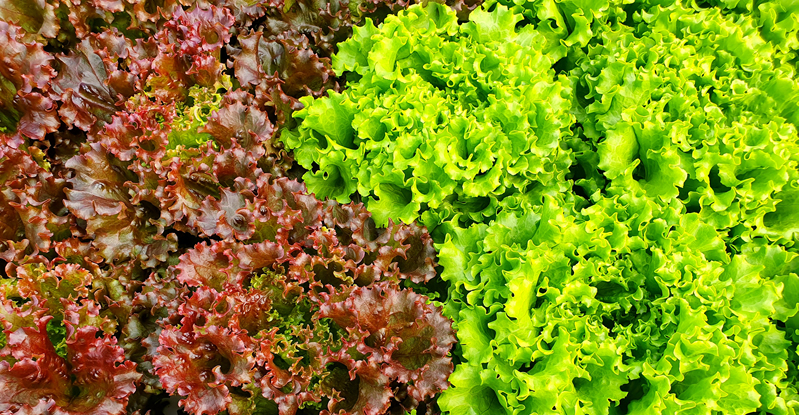10 Essential Tips for Successful Hydroponic Lettuce Growth
Hydroponic gardening has gained immense popularity in recent years. It offers a sustainable and efficient way to grow a wide range of crops, including lettuce. With hydroponics, you can cultivate lettuce indoors or outdoors, free from soil-borne pests and diseases. Whether you’re a beginner or an experienced grower, these 10 essential tips will help you achieve bountiful and healthy hydroponic lettuce crops.
- Choose the Right Lettuce Varieties
Selecting the right lettuce varieties is crucial for successful hydroponic growth. Butterhead, Romaine, and Bibb lettuces are popular choices because they adapt well to hydroponic systems. These varieties thrive in controlled environments, producing tender and crisp leaves.
- Optimal Hydroponic System
Several hydroponic systems are suitable for growing lettuce, but the Kratky and deep water culture (DWC) systems are among the most popular for home gardeners. Kratky is ideal for smaller setups, while DWC offers more scalability. Choose the one that suits your space, needs, and experience level.
- High-Quality Nutrient Solution
Lettuce requires a balanced nutrient solution rich in nitrogen, potassium, and calcium. You can purchase pre-mixed hydroponic nutrient solutions or make your own using quality fertilizers. Monitor pH and electrical conductivity (EC) levels regularly to ensure your plants receive the nutrients they need.
- Adequate Lighting
Lettuce plants need consistent, high-quality lighting. If you’re growing hydroponic lettuce indoors, consider using full-spectrum LED or T5 fluorescent grow lights. Position the lights at the appropriate height to ensure even distribution and adjust the light duration according to the lettuce growth stage.
- Temperature and Humidity Control
Maintaining the right temperature and humidity levels is crucial for lettuce growth. Aim for daytime temperatures between 60-70°F (15-24°C) and nighttime temperatures slightly lower. Keep humidity levels around 50-60% to prevent mold and fungal issues.
- Proper Air Circulation
Good air circulation is vital to prevent the development of mold and mildew. Install fans or ensure that your hydroponic system has adequate ventilation. This also helps lettuce plants access the necessary carbon dioxide for photosynthesis.
- Consistent pH and EC Monitoring
Regularly test and adjust the pH and EC levels of your nutrient solution. The ideal pH range for hydroponic lettuce is around 6.0. Maintain an EC level between 1.2-1.6 for optimal nutrient uptake.
- Pruning and Thinning
To encourage healthier and more abundant growth, prune your lettuce plants regularly by removing dead or yellowing leaves. Additionally, thinning out crowded seedlings will help prevent over-competition for resources and ensure proper spacing.
- Pest and Disease Management
One of the advantages of hydroponics is reduced exposure to soil-borne pests and diseases. However, it’s still essential to monitor your plants for aphids, mites, or other pests. Use integrated pest management techniques and, if necessary, organic pesticides to keep your lettuce healthy.
- Harvesting and Storage
Lettuce is best when harvested young and tender. Snip leaves with clean, sharp scissors, leaving a few inches above the base to encourage regrowth. Store your harvested lettuce in a cool, humid environment, such as the crisper drawer of your refrigerator, to maintain its freshness.
Conclusion
Growing lettuce hydroponically can be a rewarding and sustainable way to enjoy fresh, crisp greens throughout the year. By following these 10 essential tips for successful hydroponic lettuce growth, you’ll be well on your way to a bountiful harvest of healthy, delicious leaves. With patience and attention to detail, you can master the art of hydroponic lettuce cultivation and enjoy the fruits (or rather, the leaves) of your labor. Happy growing!

